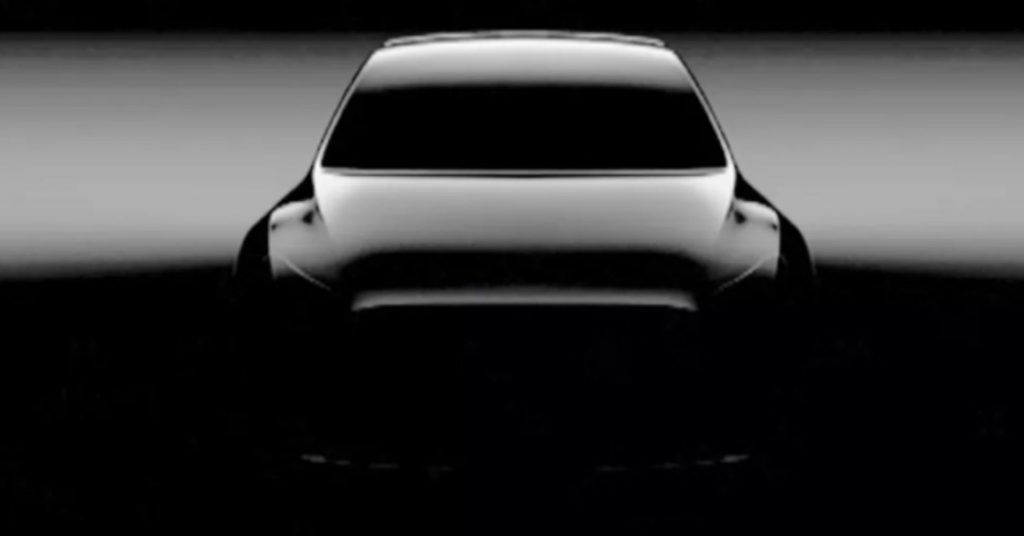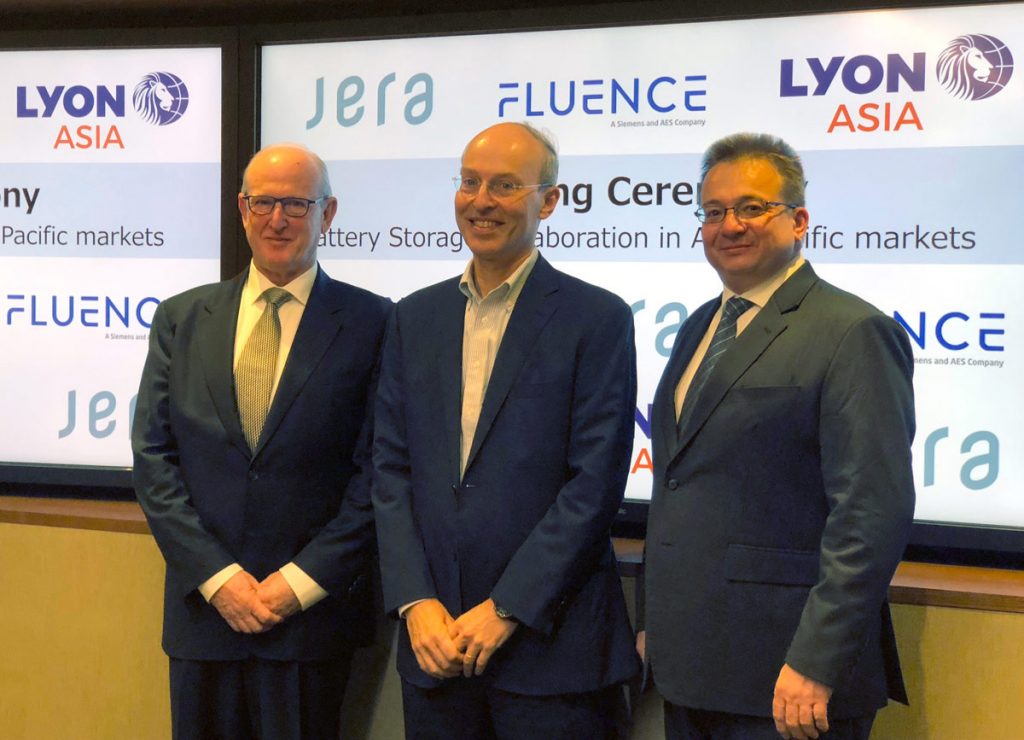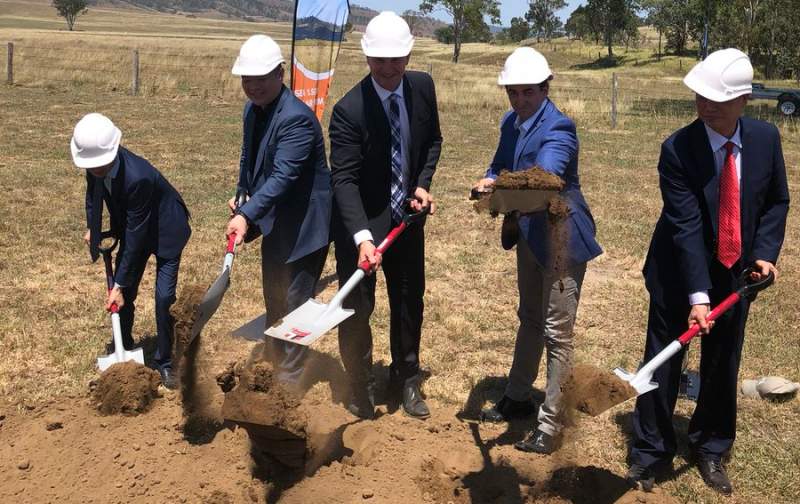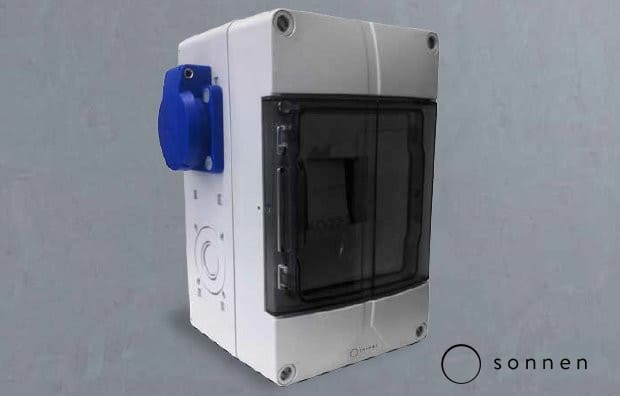Tesla in 2019 – As the company rockets towards uncharted waters it’s very difficult to predict what Tesla will do in 2019.
Tesla in 2019 – What to expect – solar implications?

Electrek are reporting that Tesla announced they are unveiling the Model Y solar car on March 14 – an ‘all-electric crossover based on the Model 3’. It’ll be announced in Los Angeles at Tesla Design Studio in Hawthrone, California.
A shareholder’s letter released last month for Q4 2018 notes that ‘volume production’ of the Model Y should commence by the end of next year (and it’ll probably be done at Tesla’s Gigafactory 1 in Nevada).
“Additionally, this year we will start tooling for Model Y to achieve volume production by the end of 2020, most likely at Gigafactory 1.”
Tesla confirmed their plans for Model Y production at Gigafactory 3 in China at a ground-breaking ceremony back in February.
Although the Tesla electric cars aren’t necessarily to do with solar power per se, Tesla’s impending success or lack thereof relies fairly heavily on these devices. CEO Elon Musk needs the electric cars to succeed to ensure the company has enough money to work on its myriad other projects. They have a lot of competition from other manufacturers such as Mercedes-Benz and Audi who will likely announce their electric automobiles this month.
Some concerns are the Model Y totally cannibalising the Model 3 sales – with the $35,000 Model 3 and the Model X now only available online to lower costs for the financially embattled company. Their shares fell almost 10% last Friday amidst the slew of announcements.
With regards to solar, Tesla’s main projects are the Powerwall 2, the Tesla solar roof, the commercial scale solar battery storage Tesla Powerpack 2, and potentially the announcement of a Tesla Powerwall 3 release date. To be frank it’s a bit concerning to see all the blood in the water around Tesla right now – let’s cross our fingers for some great results in 2019 for the company.




